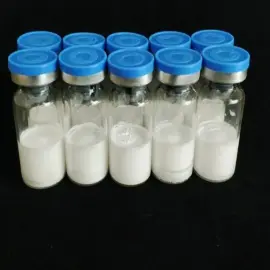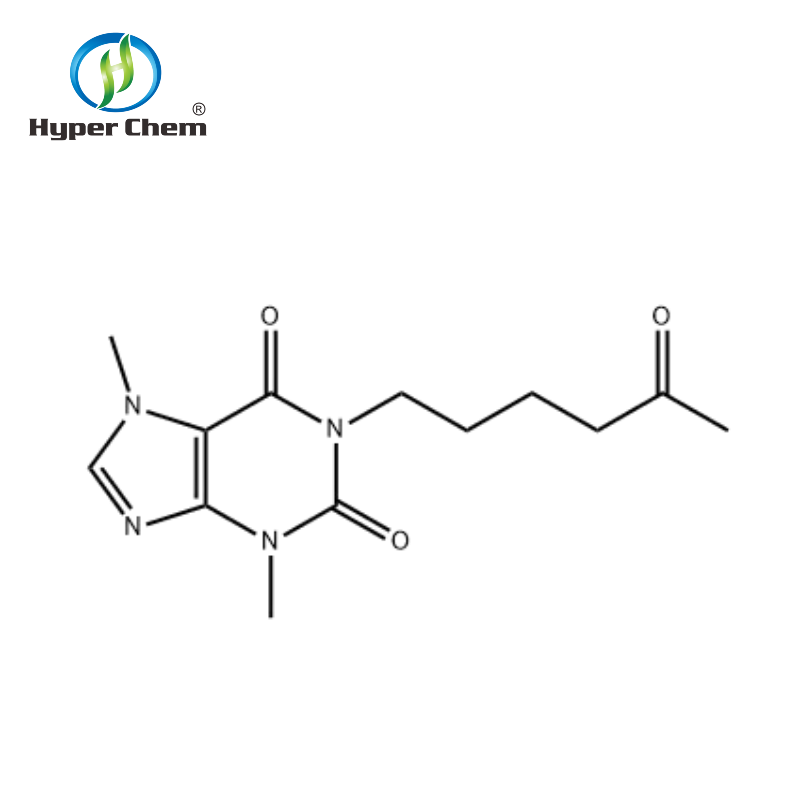-
Categories
-
Pharmaceutical Intermediates
-
Active Pharmaceutical Ingredients
-
Food Additives
- Industrial Coatings
- Agrochemicals
- Dyes and Pigments
- Surfactant
- Flavors and Fragrances
- Chemical Reagents
- Catalyst and Auxiliary
- Natural Products
- Inorganic Chemistry
-
Organic Chemistry
-
Biochemical Engineering
- Analytical Chemistry
-
Cosmetic Ingredient
- Water Treatment Chemical
-
Pharmaceutical Intermediates
Promotion
ECHEMI Mall
Wholesale
Weekly Price
Exhibition
News
-
Trade Service
Diltiazem is a calcium channel blocker drug that is widely used in the treatment of hypertension, angina pectoris, and certain types of heart rhythm disorders.
The chemical synthesis of diltiazem has been widely studied, and there are multiple synthetic routes that have been developed over the years.
One of the earliest synthetic routes for diltiazem was developed by Negishi et al.
in 1966.
This route involved the reaction of 2,3-dimethyl-2,3-dihydro-1H-inden-4-one with chloroacetic acid in the presence of a base to form the indole derivative.
The indole derivative was then alkylated with methyl iodide and dehydrogenated to form the final product, diltiazem.
Another early synthetic route for diltiazem was developed by Fujimura et al.
in 1970.
This route involved the reaction of N-benzyloxycarbonyl-L-lysine with dichloride in the presence of a base to form the N-benzyloxycarbonyl derivative.
The N-benzyloxycarbonyl derivative was then hydrolyzed to form the free amino acid, which was further converted to diltiazem using standard chemical synthesis methods.
In the 1980s, several other synthetic routes for diltiazem were developed.
For example, one synthetic route involved the reaction of 2-amino-3-methyl-1-imidazolidinone with 2-bromomethyl-N-(2,6-dimethylphenyl)acetamide in the presence of a base to form the imidazolidinone derivative.
The imidazolidinone derivative was then hydrolyzed to form the amino acid, which was converted to diltiazem using standard chemical synthesis methods.
Another synthetic route for diltiazem was developed by Kobayashi et al.
in 1985.
This route involved the reaction of 2,3-dimethyl-2,3-dihydro-1H-inden-4-one with chloroacetyl chloride in the presence of a base to form the indigo derivative.
The indigo derivative was then hydrolyzed to form the final product, diltiazem.
In recent years, several newer synthetic routes for diltiazem have been developed.
For example, one synthetic route involves the reaction of 2,3-dimethyl-2,3-dihydro-1H-inden-4-one with chloroacetic acid in the presence of a base and a chelating agent to form the indole derivative.
The indole derivative is then treated with methyl iodide and dehydrogenated to form the final product, diltiazem.
Another recent synthetic route for diltiazem involves the reaction of 2-amino-5-chlorobenzoic acid with 2,6-dimethyl-4-nitrophenyl chloride in the presence of a base to form the amino acid.
The amino acid is then hydrolyzed to form the final product, diltiazem.
Overall, the synthetic routes for diltiazem have undergone significant development over the years, with several different synthetic methods being developed and refined.
The different synthetic routes offer varying advantages and disadvantages, depending on the specific starting materials and reaction conditions used.
The selection of a particular synthetic route will depend on a variety of factors, including the availability and cost of reagents, the desired yield and purity of the final product, and the potential for side reactions or other complications.







